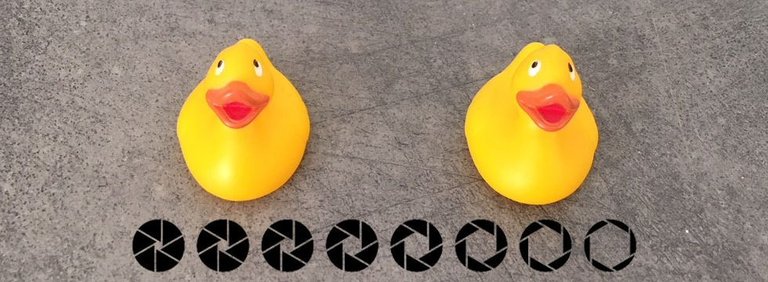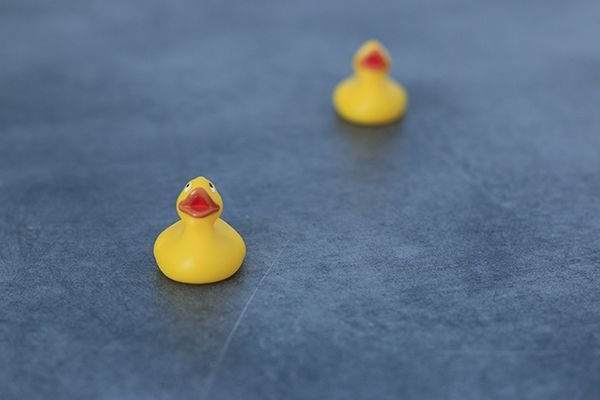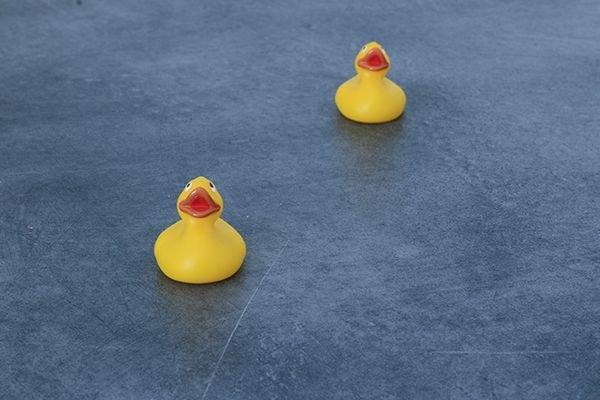So let's start...
What is aperture?
Aperture is not just a value on the lens or the camera dial, but one of the three basic decisions (the other two are shutter speed and ISO) you need to make in your photography journey. It will affect the amount of light reaching the sensor, the depth of field and thus your creative result.
Aperture is displayed on your camera with an f/number and is measured in f-stops with the minimum value in common commercial lenses at f/1.4 and a maximum at f/22, but this depends on the lens technology; the more you spend the more wide you can go.
Technically aperture is a set of blades within your lens that open and close when you set the value from the aperture dial. As a result the blades define a hole that allows light to enter your camera sensor and capture the photo - the smaller the hole the less light reaches the sensor and the opposite. Aperture also controls the depth of filed, which means which part of the photo falls within focus. By using a small aperture you increase the depth of filed and a large aperture will result in a small depth of field and this will be our today's example.Hi #photography lovers on steemit! 📷 I was triggered by a post from @iliasdiamantis to write this guide and help other amateur hobbyists like us to better understand some photography terms and take the best out of their cameras! If you are a professional photographer bear with me, since I am just trying to describe some complex terms in simple language - I am always willing to review based on your comments.
A little external help...
With the help of my little ducks I will try to explain the usage of aperture for depth of field and how we can achieve different results by changing the aperture from large to small.
 ❤ Give the ducks some love by voting this post
❤ Give the ducks some love by voting this post
Small aperture: A small aperture is some times confusing in photography since it describes the smallest opening of the lens... but in your camera is described with the biggest number! So, if you are selecting apertures of large numbers such as f/11, f/16, f/22 you are actually selecting a small aperture because the hole is smaller... so simple right? 😊
Large aperture: A large aperture - don't be shocked - is just the opposite and in your camera is described with the smallest number like f/3.5, f/2.8 and so on. So, if you are selecting small number apertures like f/2.8 you are actually selecting a larger aperture because the hole is bigger... This is also simple right? 😏
The below graph with our favorite ducks can display how an aperture is seen through the lens from large to small... do you see the hole closing? That is what actually happening when you select a small aperture!

Ugh... so many numbers!
OK I see it is maybe confusing, but I will use an example to demonstrate the difference between wide and narrow aperture and the result on your photos. For the example I am using my camera on a tripod and a 50mm prime lens so my focal length is always the same, letting the aperture to produce the result. Also, in both photos I am shooting on aperture priority (Mode Av for Canon cameras) under the same lighting conditions, so the shutter speed is auto calculated. Just note that there is no filter applied, just pure physics!
Image 1 - Aperture f/3.5 | Image 2 - Aperture f/16 |
 |  |
| On the left image the wide aperture results in small focus area. The duck in the background is completely blurred falling completely out of focus | On the right image with the narrow aperture both ducks are in focus. The duck in the background is clearly defined due to a bigger focus area |
| Camera Settings: f/3.5 - 1/80sec | Camera Settings: f/16 - 1/3sec |
That's all for today! I hope you enjoyed reading and you found this guide useful. I will try to post soon some @originalworks with guides to Shutter Speed and ISO and then how we combine all these to have better results in our photos. Until next time take your camera, enjoy photography and let's hope the ducks are still alive so feed them with your love 💗!
Nice move mate. Well done. You made a good start hope to make the other 2 guides for ISO and Speed too :)
👍 thanks for the good words! I'll try to find some time to prepare the "scenarios" and see how the ducks can fit in, especially in the speed guide.
Have some food lil' rubber duckies :D
thanks for voting @okkiedot! you'll keep the duckies rolling!
Εxcellent post @vovask! Τry using the #art tag as well next time for more exposure!
thanks for the tip and happy to hear you liked it!